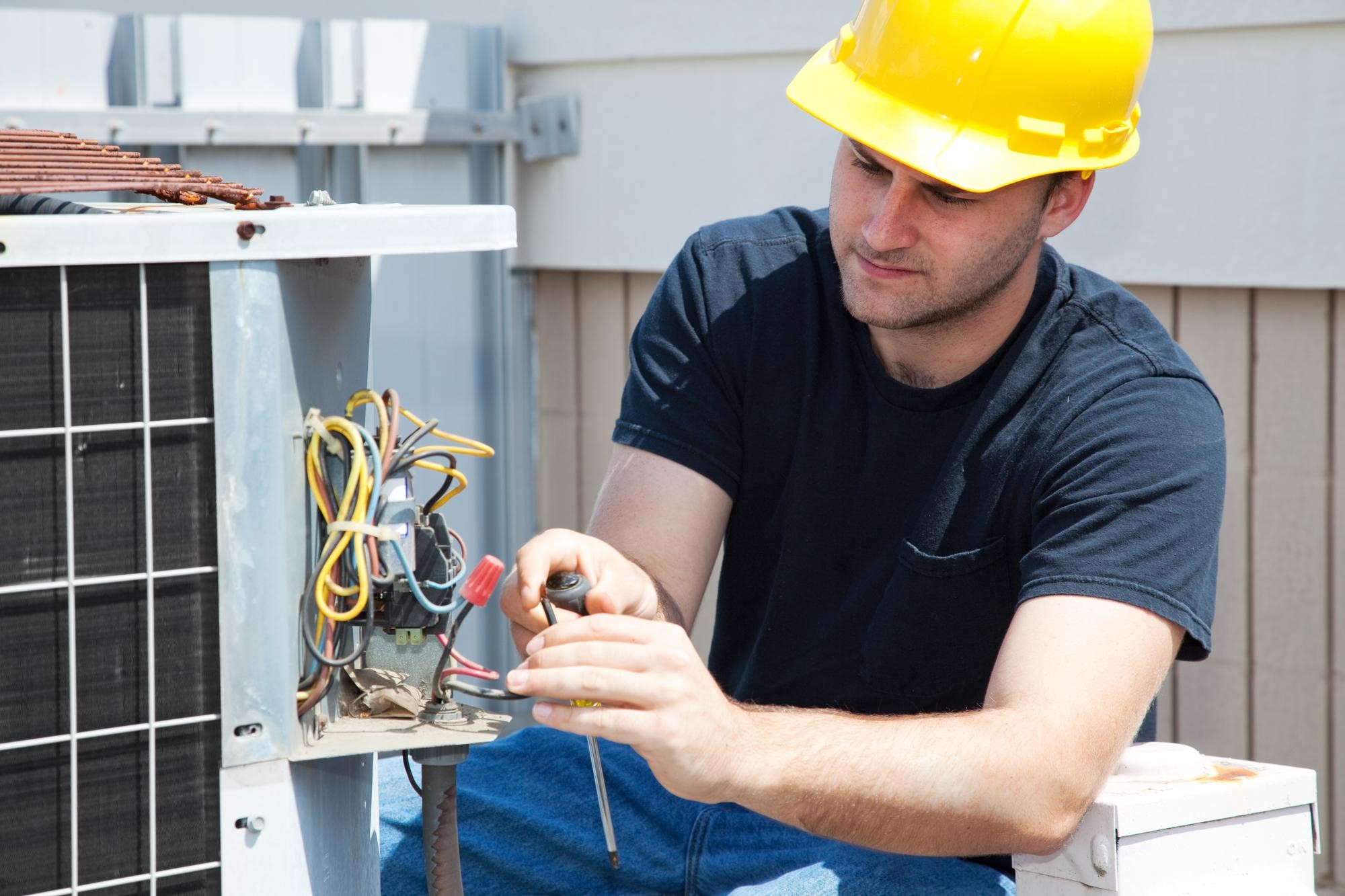Optimizing your industrial air compressor system is a key strategy to enhance productivity and reduce operational costs. A well-maintained and properly configured system ensures that your facility runs smoothly and efficiently. It starts with understanding the demands of your operation and aligning your compressor system to meet those needs without generating excess energy waste. Taking a systematic approach to optimization allows businesses to streamline operations and minimize downtime, ultimately improving overall output. The first step in optimization is conducting a comprehensive assessment of your existing system. This involves evaluating airflow requirements, pressure settings, and equipment performance. Often, facilities operate their compressors at higher pressures than necessary, leading to increased energy consumption and wear on components. By adjusting these settings to align with actual requirements, you can significantly lower energy costs. A detailed audit also helps identify leaks, pressure drops, and other inefficiencies that might go unnoticed during routine maintenance.

Another critical area of focus is air leak detection and repair. Compressed air leaks are a common issue that can lead to substantial energy losses. Even small leaks can accumulate into significant waste over time. Implementing a proactive maintenance schedule that includes regular inspections with ultrasonic detectors can pinpoint and eliminate these losses. Addressing air leaks not only conserves energy but also enhances system reliability and extends equipment life. Proper storage and distribution are also essential to a well-optimized system. Installing the right size and type of air receivers, you can check here along with properly designed piping layouts, ensures stable pressure levels and consistent airflow. Poorly configured piping can result in pressure drops, forcing compressors to work harder than necessary. Using looped piping systems and minimizing sharp bends helps maintain even pressure and improves efficiency across the facility.
Another factor that contributes to efficiency is the use of advanced control strategies. Modern control systems allow compressors to adjust their output based on real-time demand, avoiding unnecessary energy consumption during low-demand periods. These controls can be integrated into facility-wide automation systems to enhance responsiveness and reduce manual oversight. Variable speed drives, for example, adjust motor speed to match air demand, leading to smoother operation and significant energy savings. Employee training and awareness play a vital role in maintaining an efficient system. Operators and maintenance personnel should be educated on best practices for managing air compressor systems, such as shutting down unused equipment and identifying early signs of trouble. A culture of awareness and accountability can lead to more timely maintenance and better overall system health. With a combination of technical upgrades and informed human oversight, facilities can unlock the full efficiency potential of their air compressor systems.
